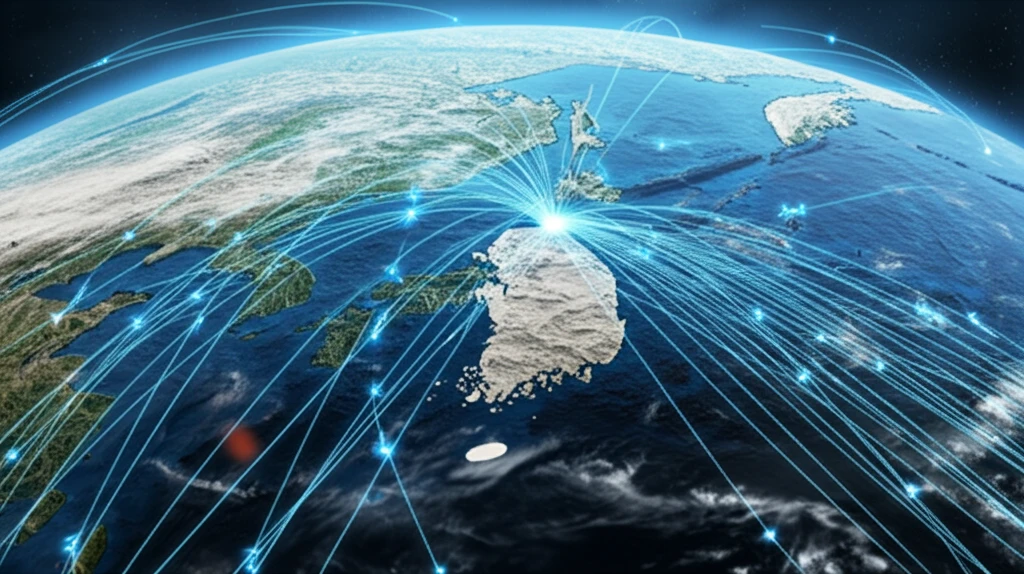
Korean Climate Unveiled: How Teleconnections Impact Precipitation Patterns
"Discover the Hidden Links: Variability, Predictability, and the Teleconnected World of Korean Precipitation"
Understanding the forces that shape weather patterns is vital, especially as climate change accelerates. For the Korean peninsula, precipitation is a critical factor affecting agriculture, water resources, and overall societal well-being. However, Korean precipitation isn't driven by local factors alone. Remote climate influences, known as teleconnections, play a significant role.
Teleconnections involve climate anomalies in one region influencing weather conditions far away. This research delves into how phenomena like the El Niño-Southern Oscillation (ENSO), the Indian Ocean Dipole (IOD), and even tropical cyclones impact Korean precipitation. By identifying these connections, we can better predict and prepare for future weather events.
This article explores a study which examined Korean precipitation patterns using advanced statistical techniques. The study reveals the complex interplay between global climate indices and local weather, offering valuable insights for meteorologists, policymakers, and anyone interested in understanding the dynamics of our planet.
Decoding Climate's Long-Distance Calls: Teleconnections and Korean Precipitation

The study utilizes a method called Empirical Orthogonal Teleconnection (EOT) analysis to dissect monthly precipitation data. EOT helps identify dominant patterns of variability and how they connect to climate indices. Think of it like untangling a complex web of relationships to see which threads are most important.
- El Niño-Southern Oscillation (ENSO): Characterized by sea surface temperature fluctuations in the central Pacific Ocean.
- Indian Ocean Dipole (IOD): Involves temperature differences between the eastern and western Indian Ocean.
- Western North Pacific Monsoon Index (WNPMI): Measures the strength of the monsoon circulation.
- Tropical Cyclone Index (TCI): Quantifies tropical cyclone activity.
Implications for the Future: Predictability and Preparedness
This research highlights the power of understanding teleconnections. By monitoring key climate indices, it may become possible to improve seasonal forecasts for Korean precipitation. This improved predictability can benefit various sectors, from agriculture managing irrigation to governments preparing for potential floods or droughts. As climate patterns continue to shift, understanding these long-distance relationships will be increasingly crucial for building resilience.
